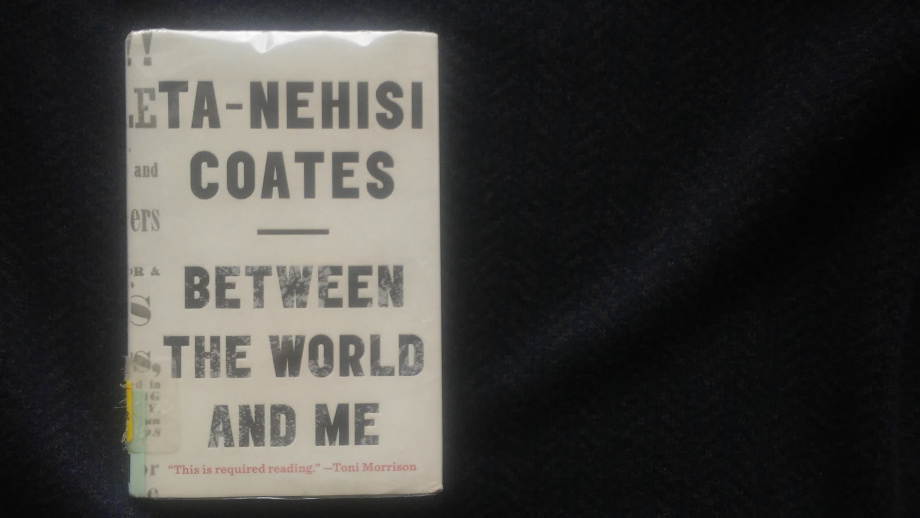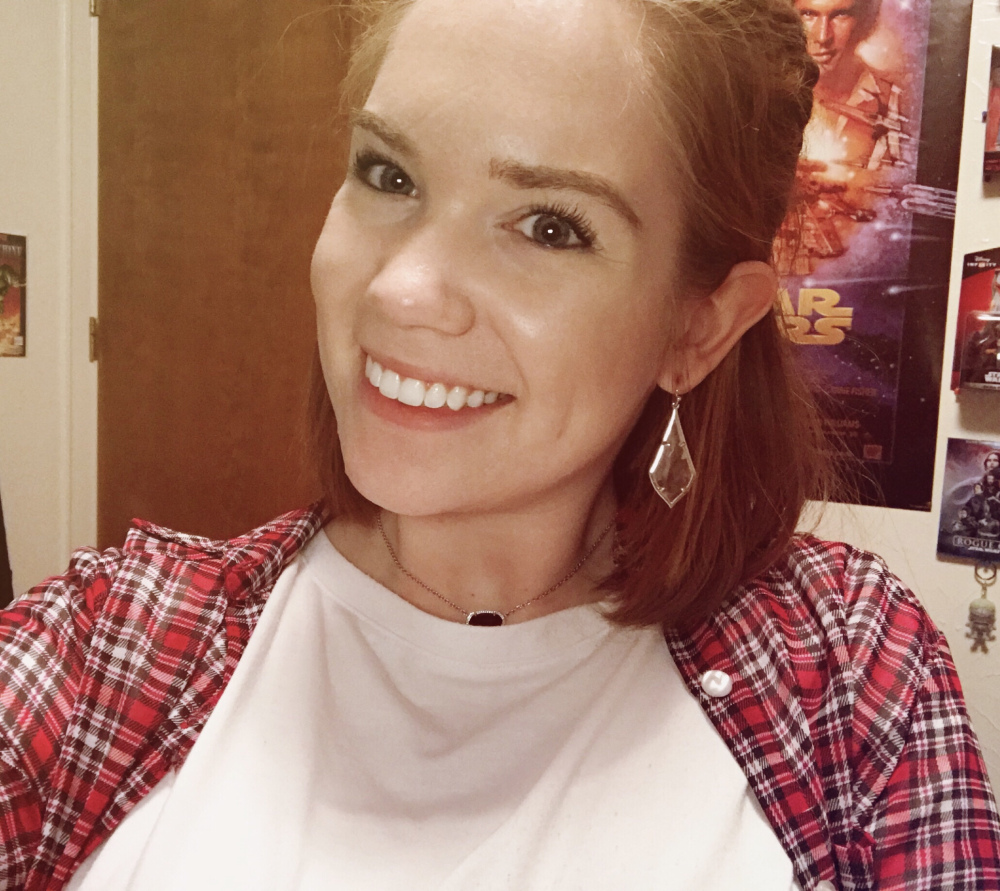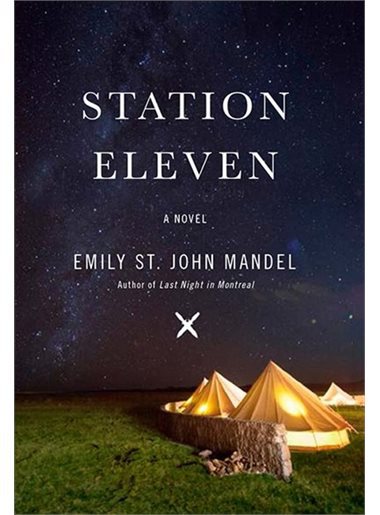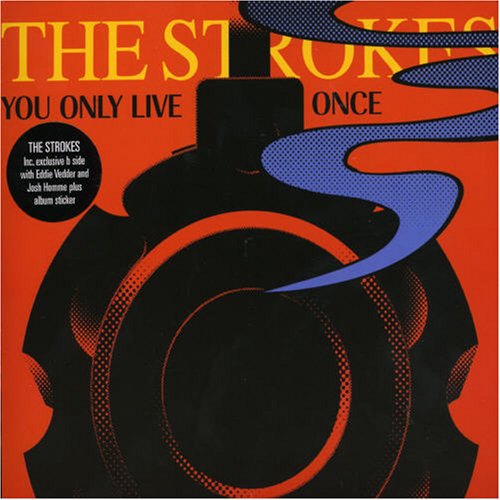Yesterday, I gave myself an off day, to do the things I harbour special affection for:
1. Find a comfortable position and read a book, which I did all morning;
2. Go out by myself, which I did all afternoon, because, let’s be honest here, I’m the best company I can give myself; and
3. Catch up on TV shows, which I did for the rest of the day.
I read Between the World and Me by Ta-Nehisi Coates. This book is in the form of a letter that Coates writes to his fifteen year old son, about the specific tragedy of being in possession of a black (male) body in these times. He doesn’t attempt to speak for all black people, he is careful to let us know that being black and female is different and more terrifying.

The author talks about growing up in drug-infested West Baltimore, and how he was always at risk. His body was a target, and it could be taken from him if he wasn’t careful enough. He talks about the Fear that lodges itself so deeply in the psyche of others like him, this fear that pushes parents to be impossibly hard on their children, who could be killed by being in the right place at the wrong time.
Reading this book may feel bleak. The author seems to suggest that injustice will prevail, because the American Dream has been built on such injustices. But he also says there is a small space for struggle and resistance and hope. We observe that by writing to his son, so eloquently, so beautifully, and with dignity, Coates makes it known that he isn’t explaining race to a white audience. He isn’t writing this book to help sensitize white people.
I have been watching the TV show Monk lately, not in the serious manner I usually watch shows, but as a distraction. It can be a charming show, with its oddball central character, Adrian Monk, who is a detective with several hundred phobias and obsessions. He is also racially ambiguous, that is, you know he isn’t what is generally considered American, but he could still pass off as white if you so wish. Even though the show is set in San Francisco, one of the most diverse cities in the United States, there isn’t much diversity on display. Every time we are introduced to a black character, which doesn’t happen all the often, he or she is some sort of a stereotype. This became especially grating in the case of Varla, the nurse who is temporarily assigned to Adrian Monk. She is a black woman with an ample bosom, a loud way of talking, and not very good at her job. She constantly belittles Adrian, dismissing his fears and concerns, and is preoccupied with getting out of there as soon as she can. She is both Sapphire and Mammy.
Between the World and Me is a book I’ve been putting off for so long now. You see, I was afraid of what I would find. Even as we are comfortable discussing how America was built on the sweat and blood of black bodies, we are not as quick to apply similar reasoning to our own country. India may not have traded slaves across oceans and centuries, but the country has its own history of dehumanizing people based on imaginary constructs; which is to say, caste and race are really not that different, and if you subscribe to one, you subscribe to the other as well.
Some weeks ago, I got into an argument with a middle-aged Hindu man, who held the opinion that segregating people is not wrong. As the father of two young children, he believed he had reason to limit their exposure to the right kinds of people, and he viewed caste (and subsequently class, and religion) as a tool to do this effectively. Why should we aspire to step outside of what is familiar to us, he wanted to know. I tried to argue, I really did, but I suspect he thought of me as naive and idealistic, another young one who thinks she can change the world.
Maybe I can.
Advertisements Share this:




